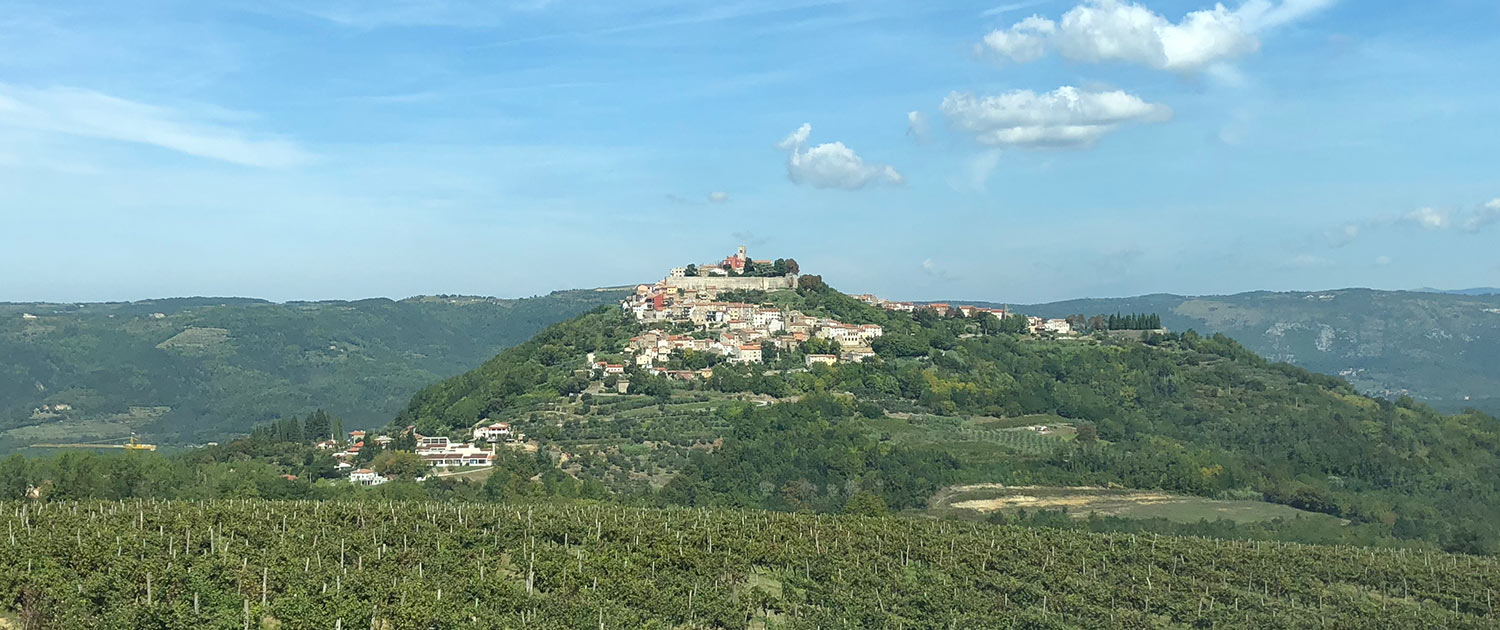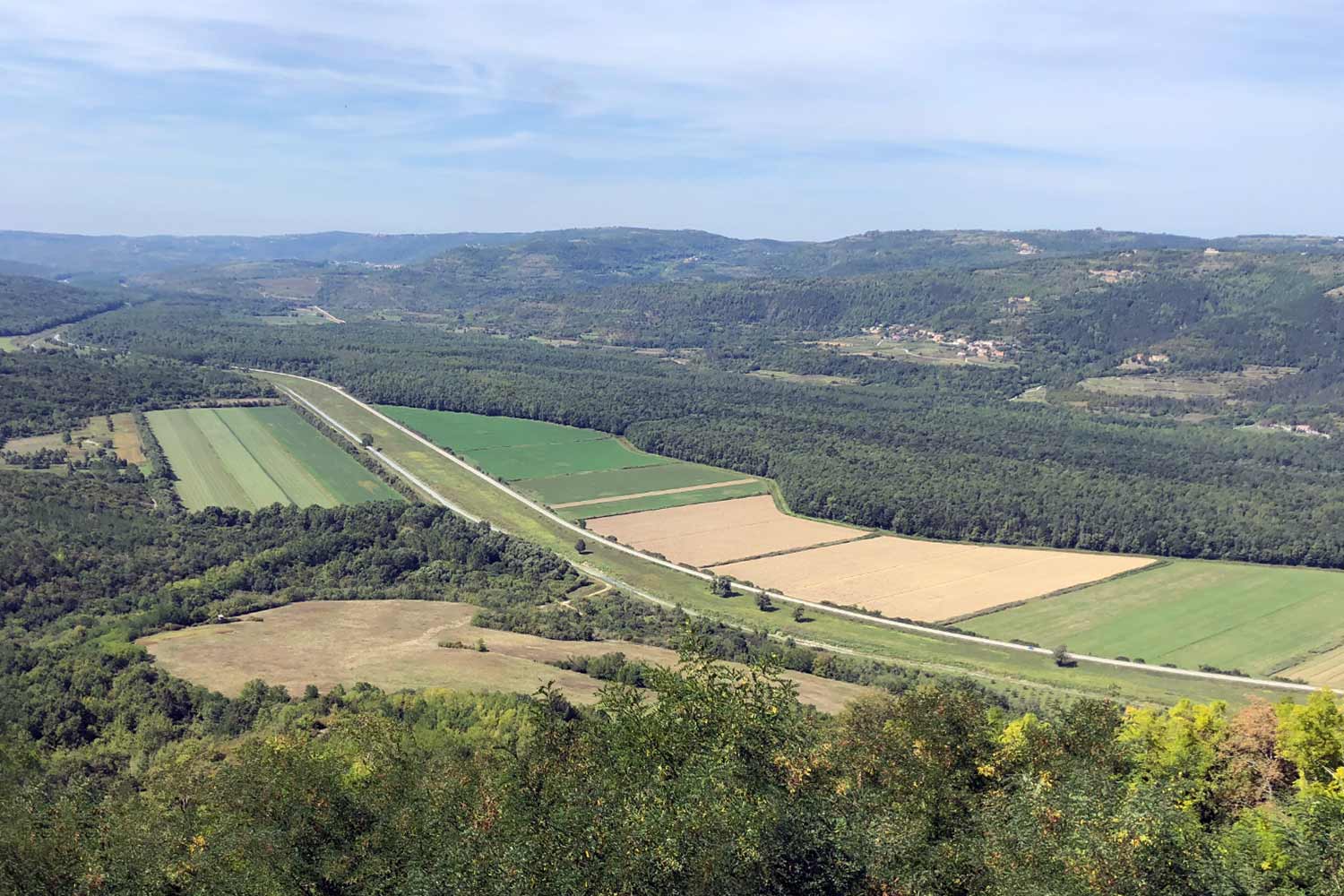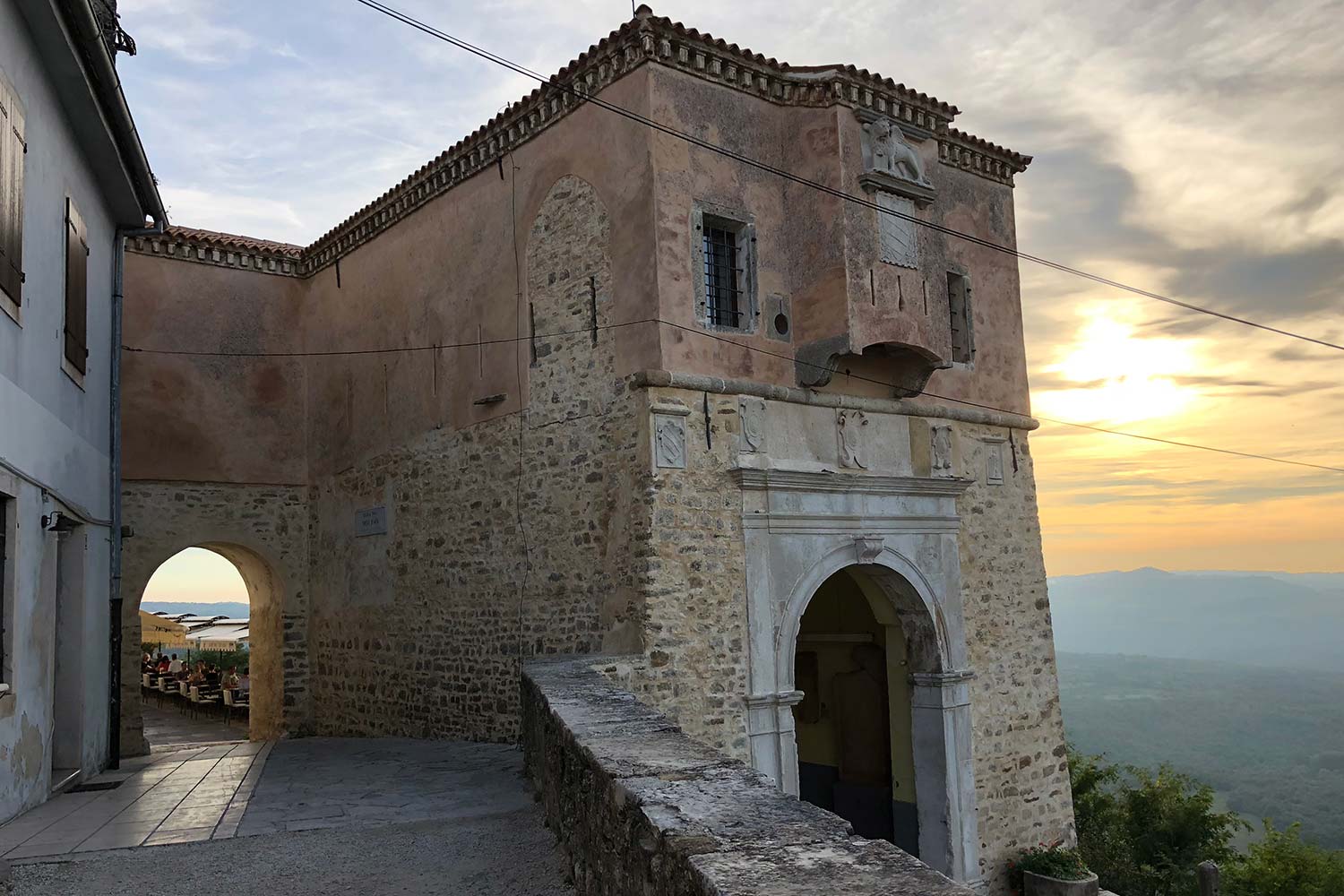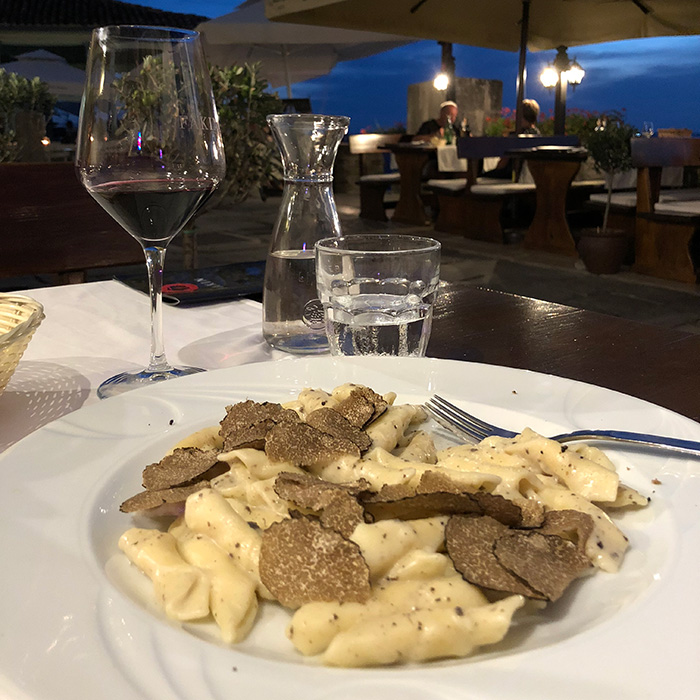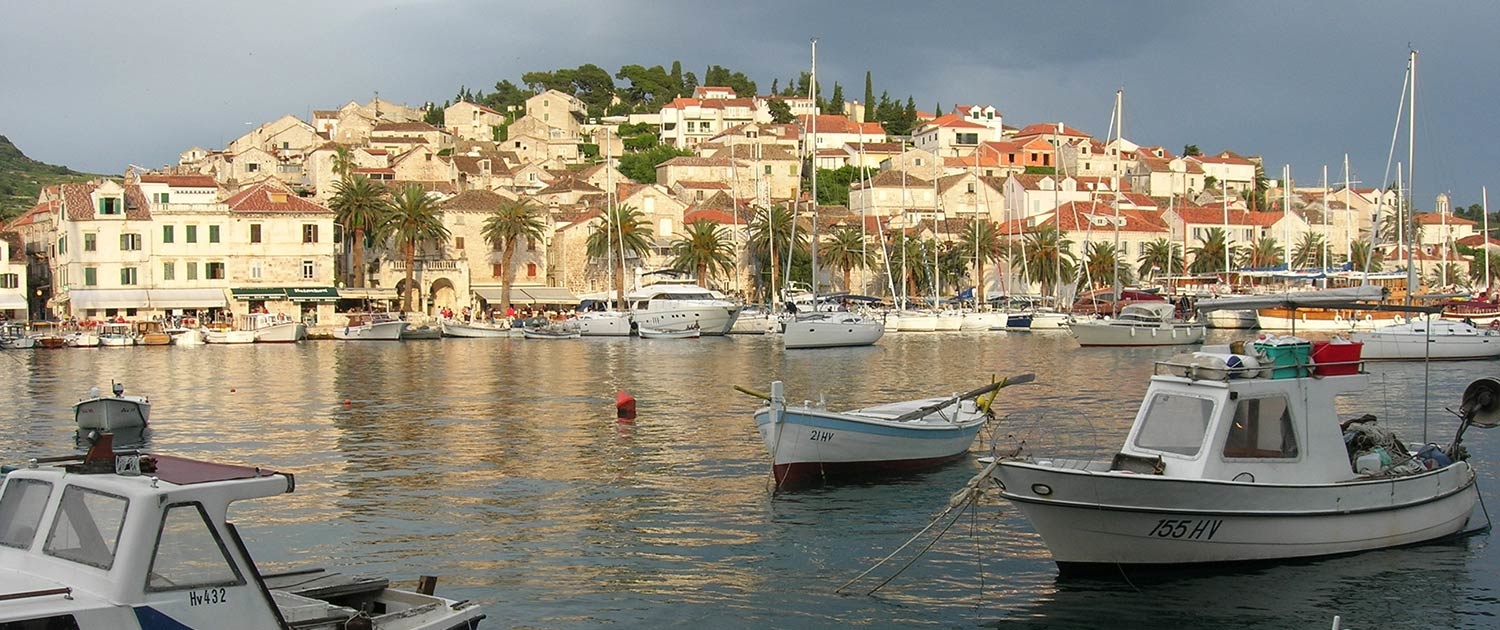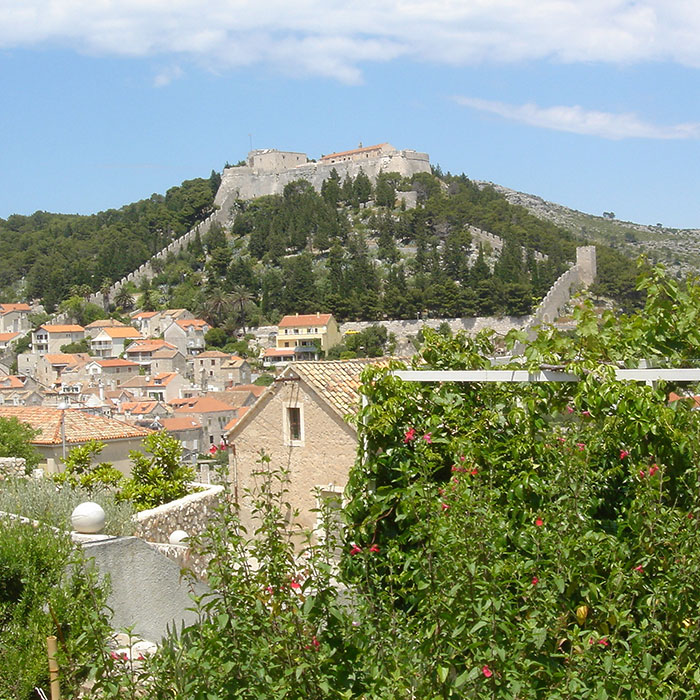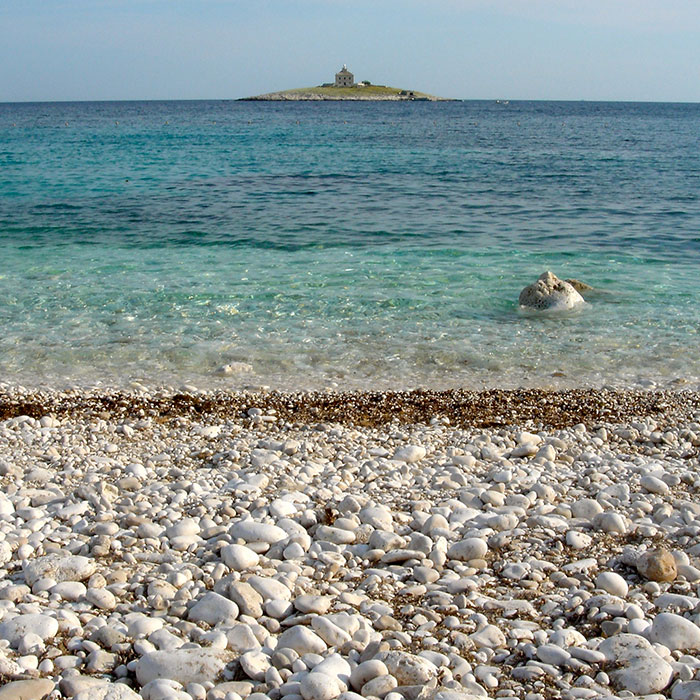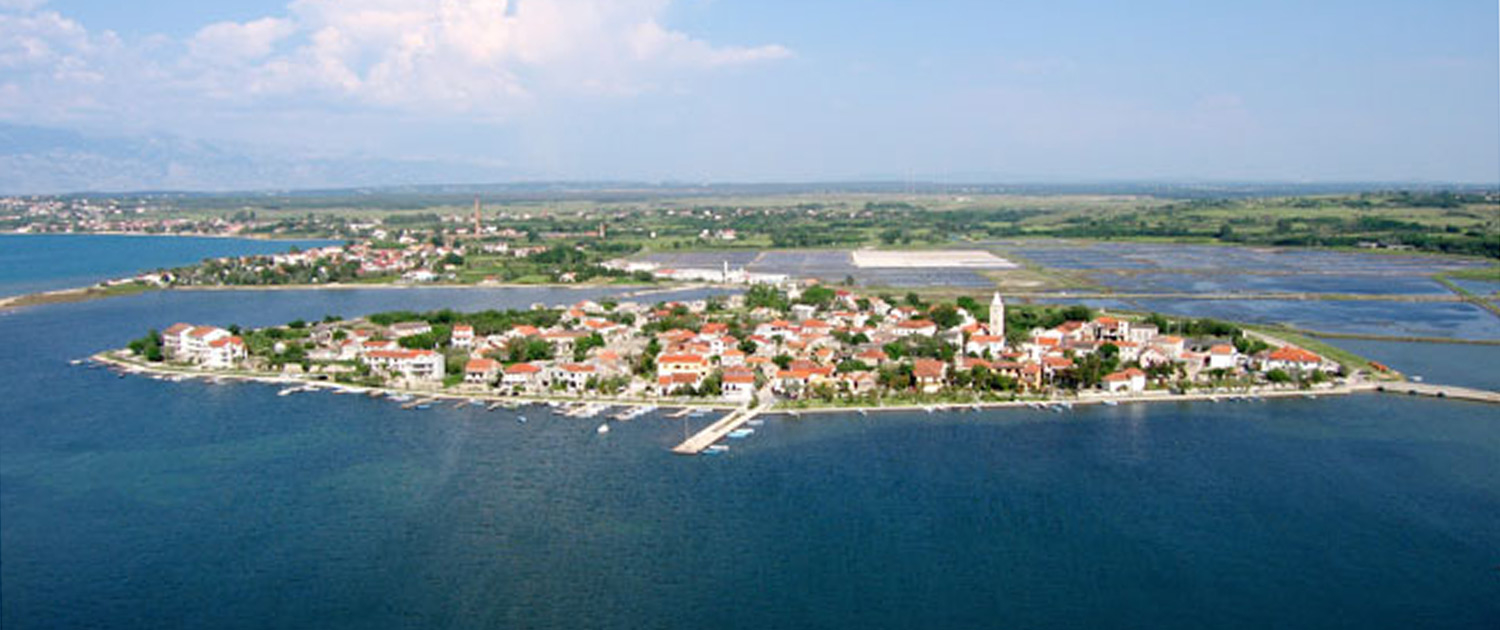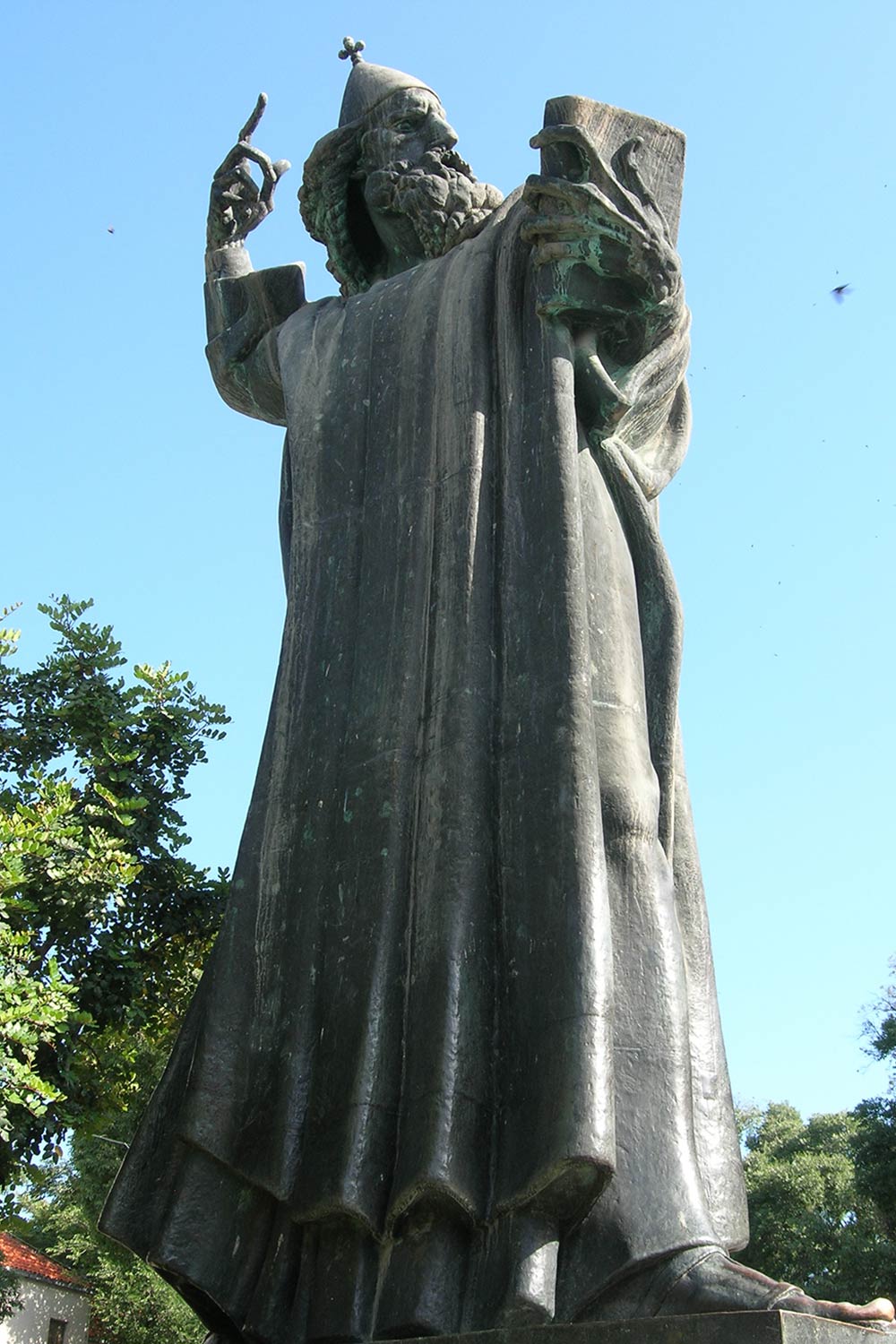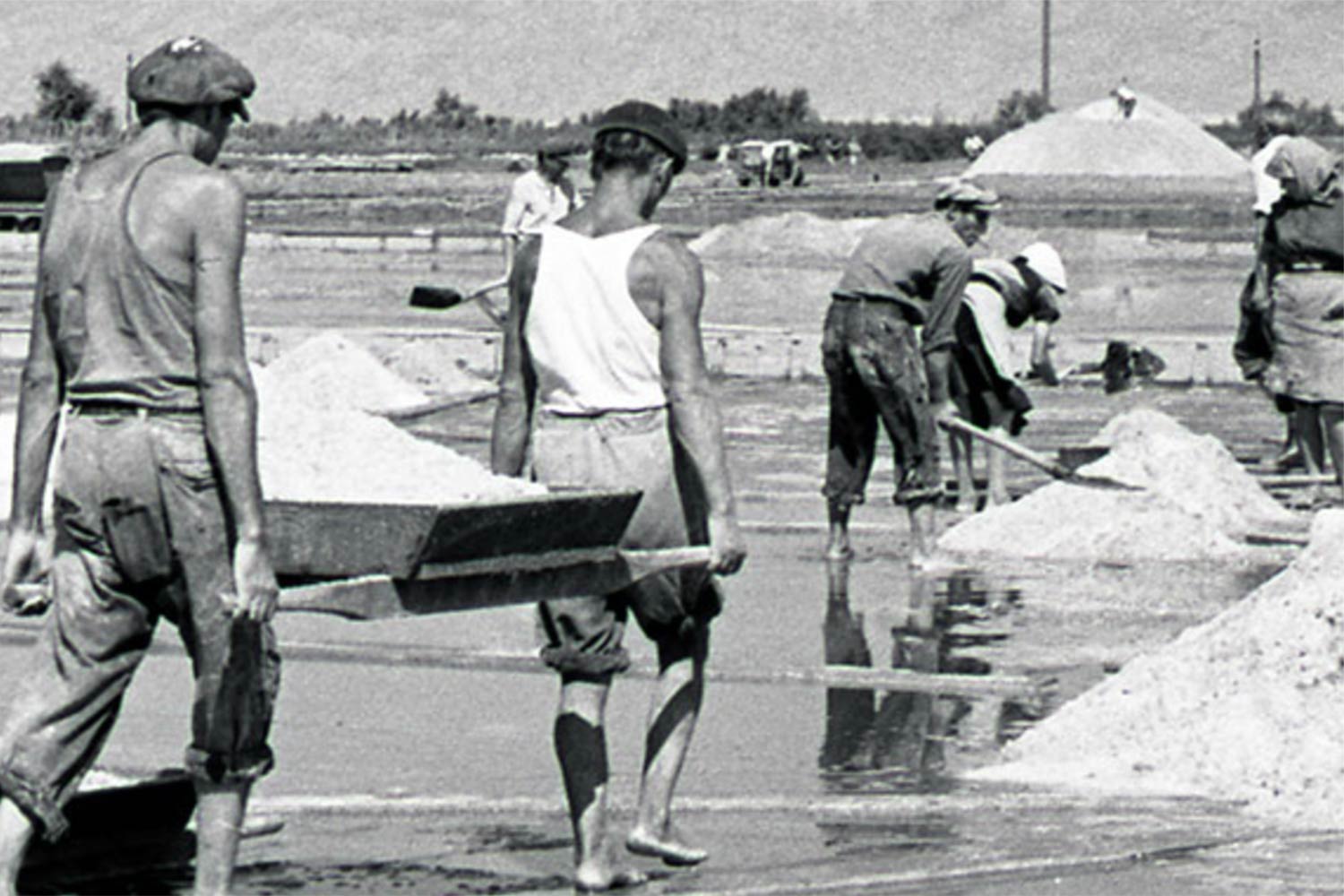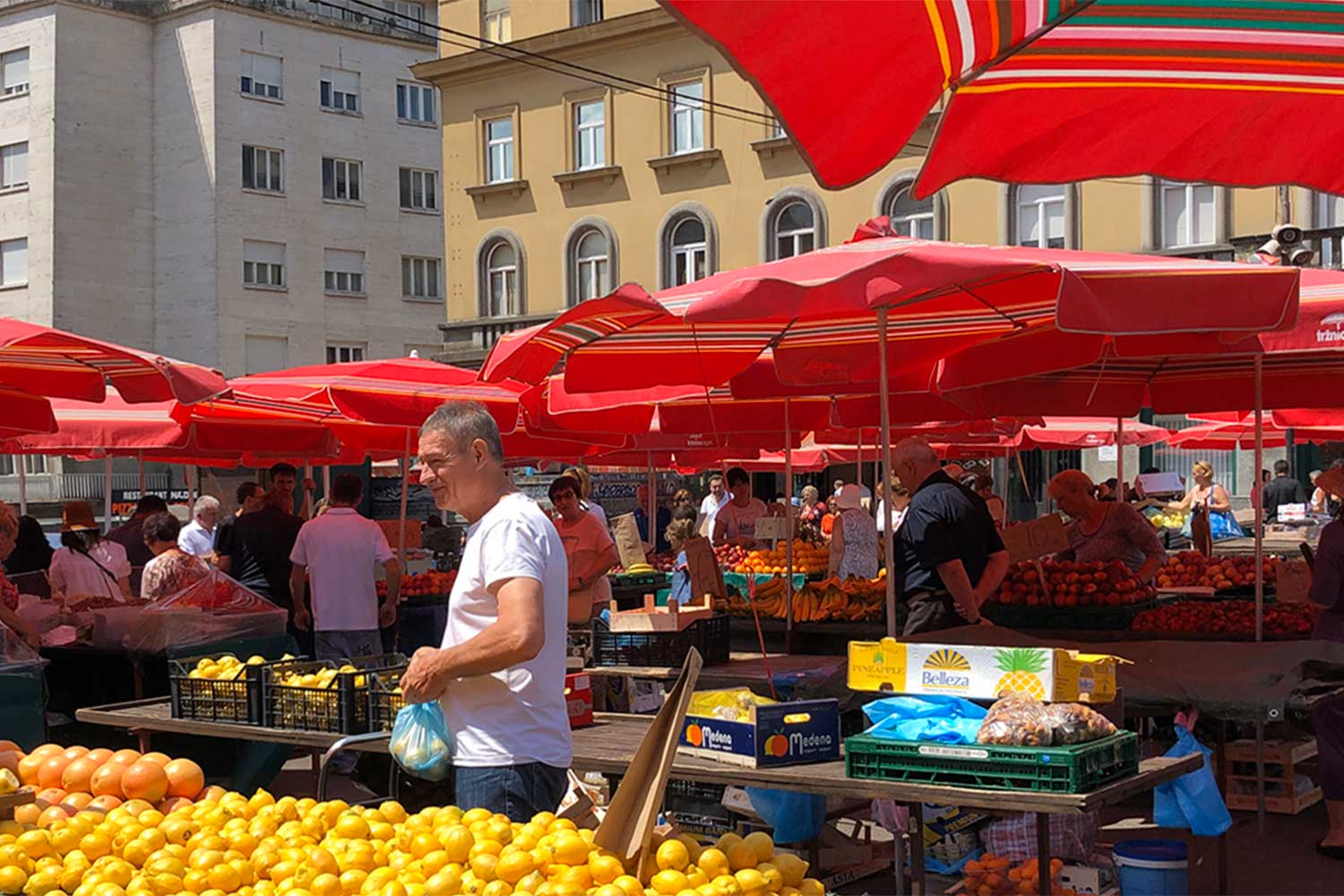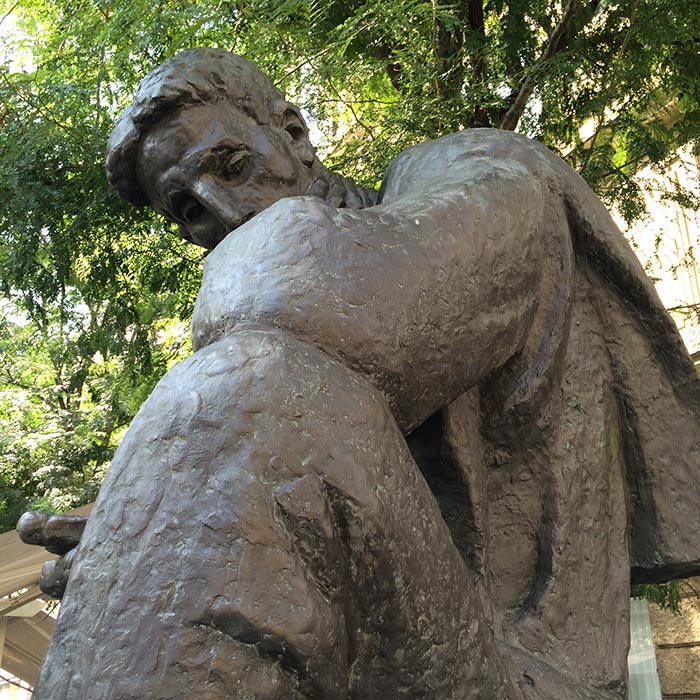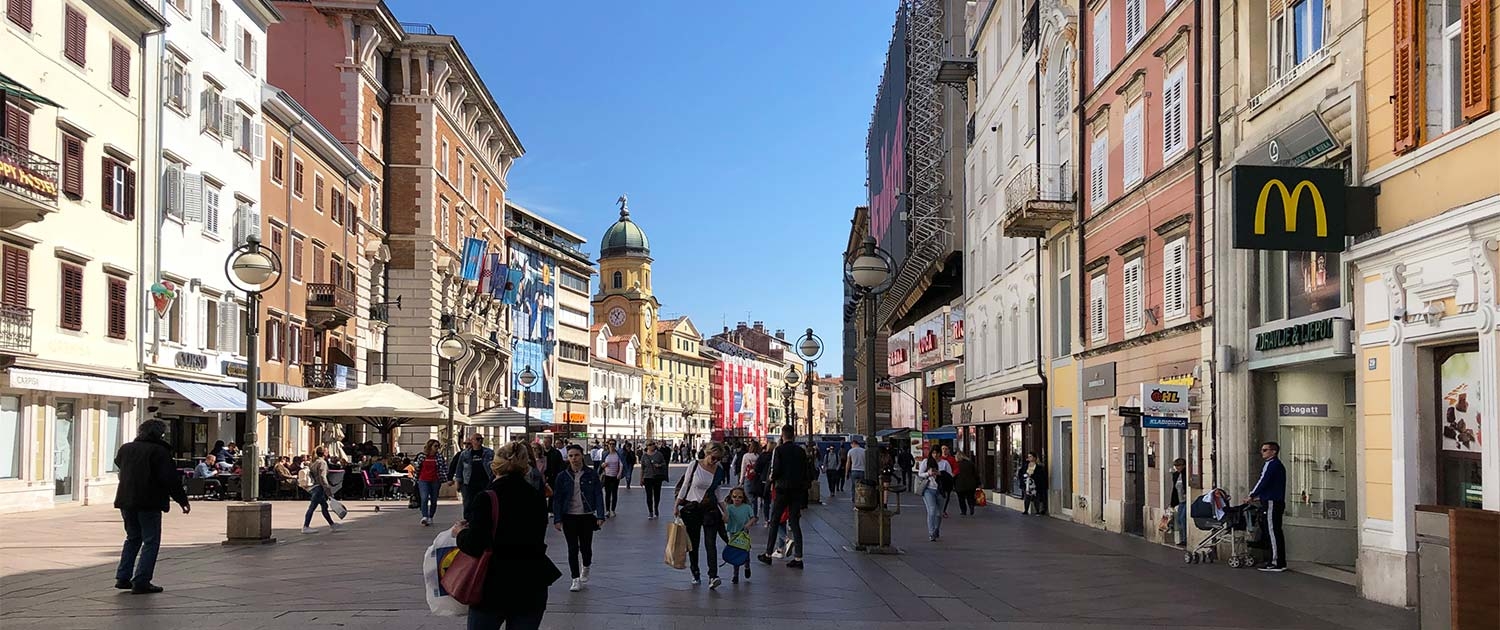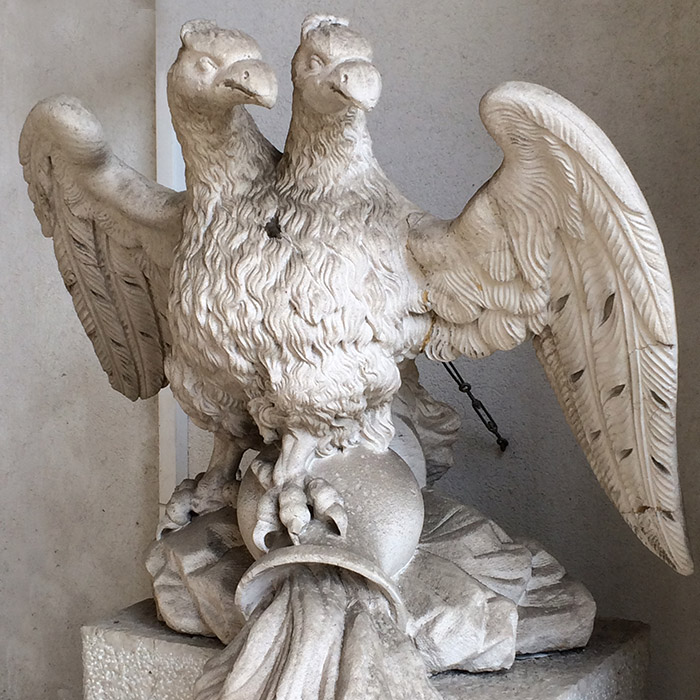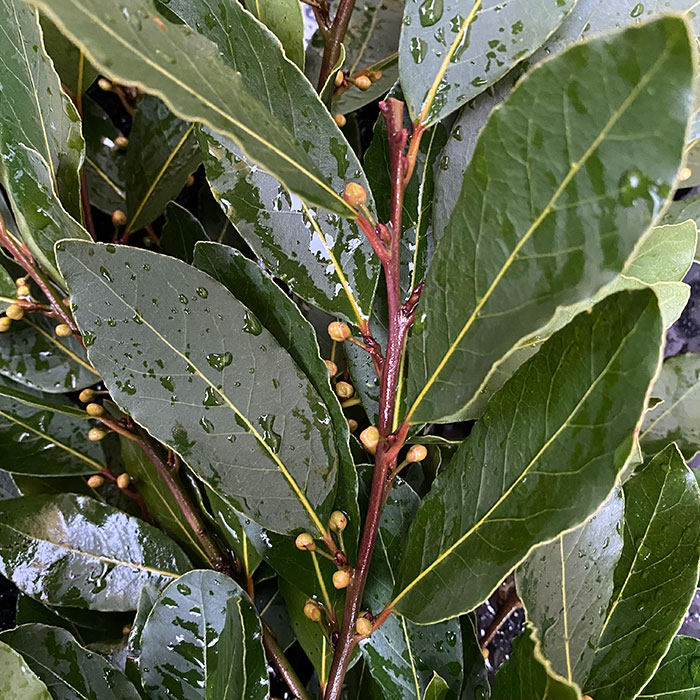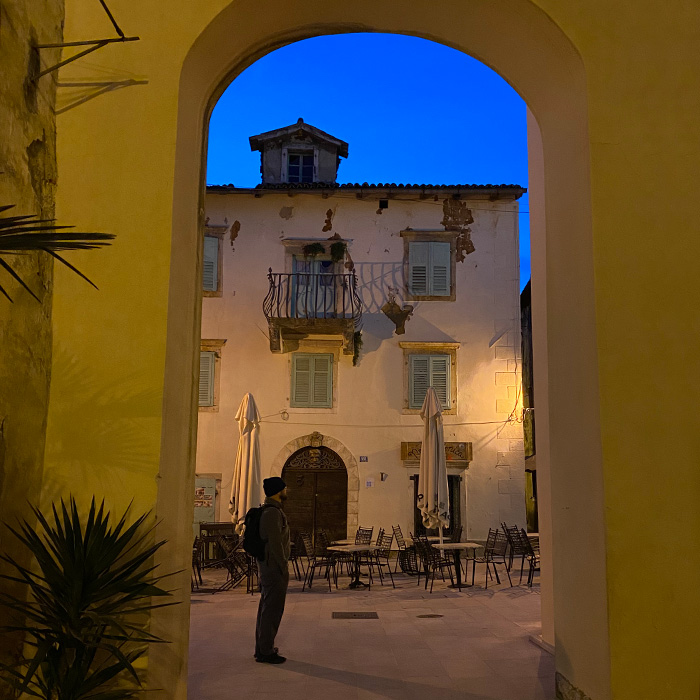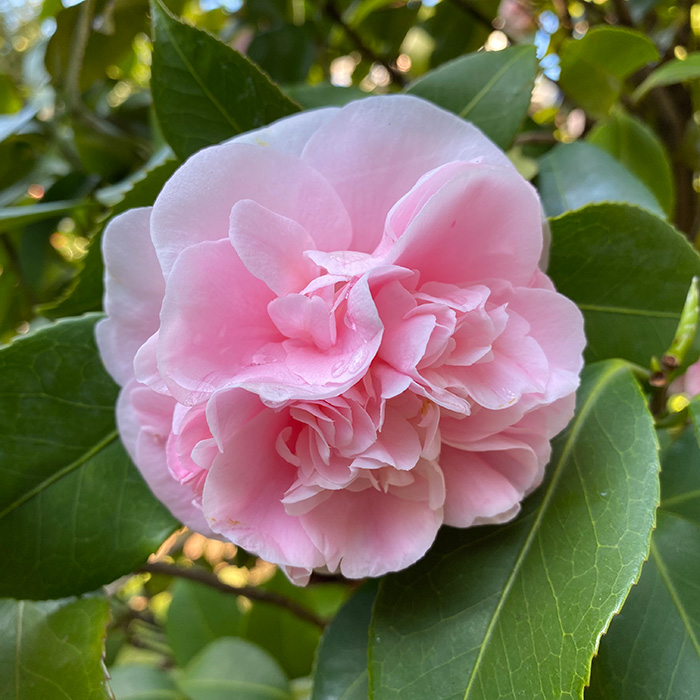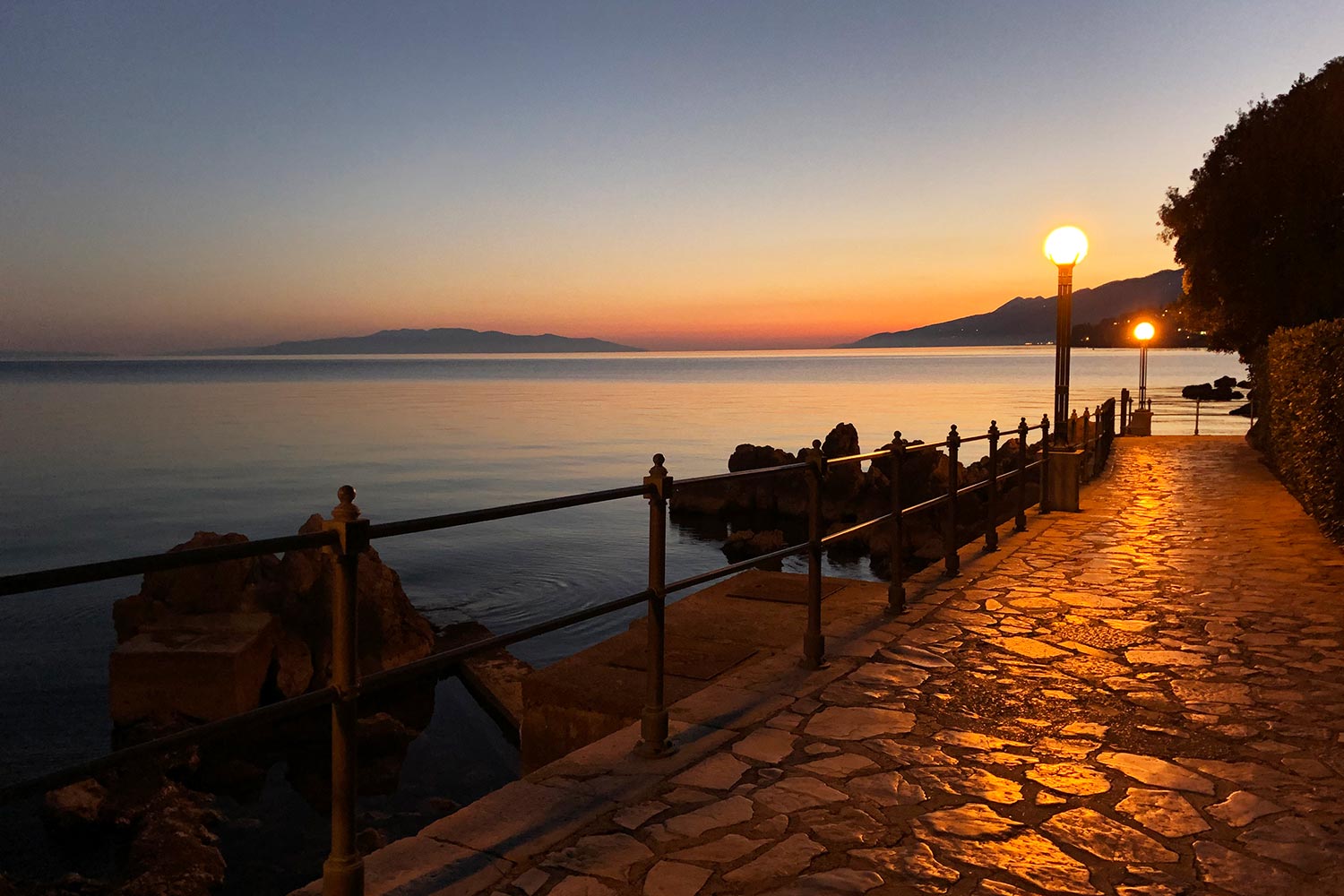Winning hearts around the world is the ongoing story of Malena and Klepetan, a pair of white storks from eastern Croatia.
In 1993, in the middle of the Homeland War, a janitor named Stjepan Vokić found a female white stork while fishing; she was shot in the wing and unable to fly. So Stjepan took her to his home in Brodski Varoš, a village in southern Slavonija, and brought her back to health. He named her Malena (meaning Little One). Every year, Stjepan makes a nest for her on top of the schoolhouse for the warmer months; when it is cold, he has made her a home in his garage, and sometimes brings her in his house to watch tv. Since she can’t fly to hunt, he brings her fresh caught fish.
The weather in Slavonija is Continental, with warm, rainy summers, and cold winters often accompanied by freezing temperatures and snowfall. About 1500 pairs of white storks are residents of Slavonija throughout the Spring and Summer, where they build nests and mate. The females lay an average of four eggs, and both mom and dad care for the chicks and teach them to fly. Then each year in August, the white storks make a dangerous month-long, 8000-mile journey to South Africa with their chicks in search of warmer winter weather. However since Malena can’t fly, she stays behind with Stjepan in Brodski Varoš.
In 2001, a male stork started visiting Malena. Stjepan named him Klepetan. Since then, Klepetan has returned from his migration to Malena faithfully each Spring, dirty and exhausted. And each year Stjepan has a bucket of fresh fish waiting to welcome him home. However in 2019, he returned early and, because the weather was still too cold, their eggs literally froze. Klepetan unexpectedly left the nest, and Stjepan thought he died. Everyone waited until Spring 2020 – and Klepetan returned!
A quick look at the map will show how dangerous the migration is, particularly over such countries as Lebanon where migratory birds are routinely shot. So Stjepan wrote a letter to the President of Lebanon, telling him about Malena and Klepetan, sending him one of Klepetan’s feathers, and asking for support for the laws protecting migratory birds. The President responded favorably by placing his daughter in charge of the campaign, and Stjepan’s story went viral. Here is a video about the historic letter, as told by Stjepan himself…
This year, 2021, is the 19th year that Klepetan has returned to Malena. Over the years they have had 66 chicks together, raised them during the Spring and Summer, then Malena has watched them fly away with Klepetan. And the entire country hopes for his return. But there is more to this story than Klepetan’s faithfulness – and that is the kindness and devotion that a retired janitor has shown to a little injured bird. Their story has become immortalized in articles, videos, and now a movie.
When you visit Slavonija during Spring and Summer, you will see elegant white storks in their huge nests on rooftops and platforms. Watch carefully and you might see little chicks popping their heads up. They are preparing for their dangerous annual migration to their winter home in South Africa.
UPDATE… Not long after we posted this story, Stjepan Vokić sadly announced to local news that Malena passed away. He said she fell coming down from her nest, and he cared for her in his home for about 10 days. Malena and Klepetan didn’t have any chicks this Spring. Stjepan said he will continue to be there for Klepetan, and said “Ostajemo Klepo i ja”, which means “We remain Klepo and I”.

